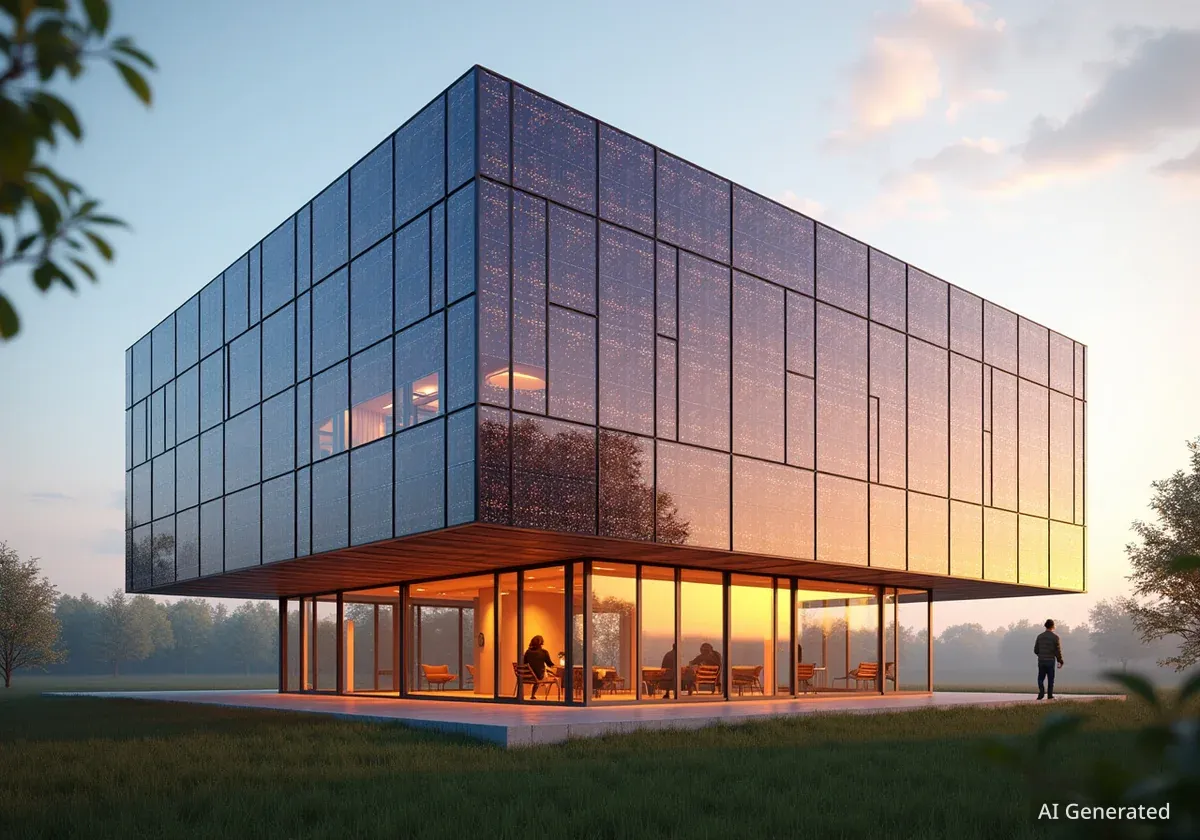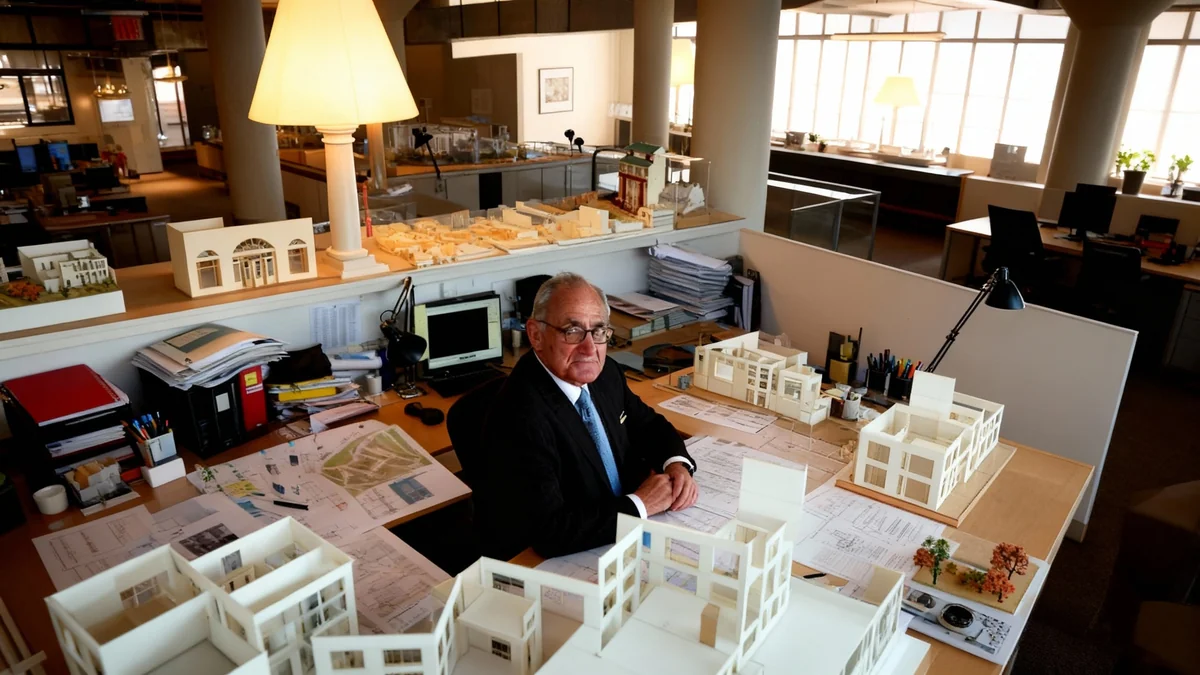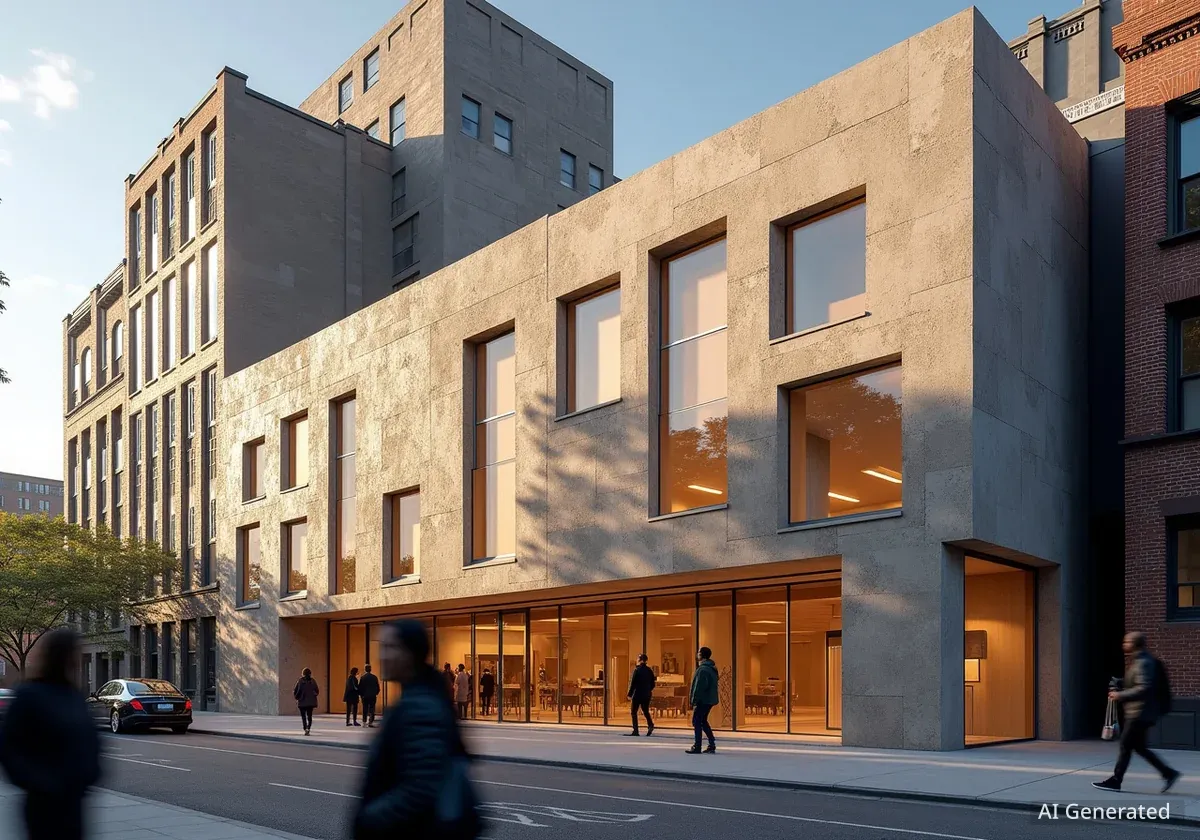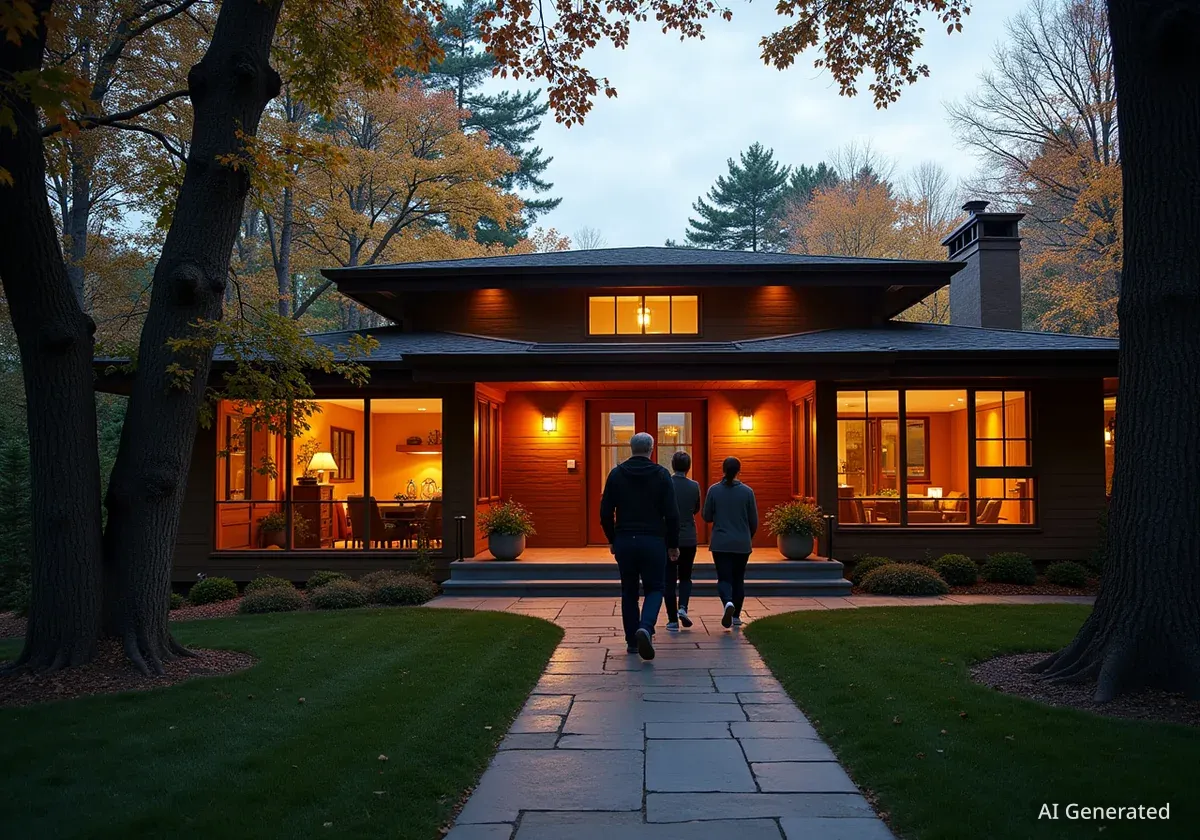A new pavilion in the Netherlands is demonstrating an innovative approach to renewable energy. This structure not only provides warmth but also generates its own electricity. The design integrates solar technology into its aesthetic, offering a glimpse into how future architecture might combine energy generation with visual appeal.
Engineers are actively discussing this recent development, highlighting its potential impact on the widespread adoption of solar power. The pavilion’s construction and its underlying technology represent a significant step in making renewable energy both functional and visually engaging.
Key Takeaways
- The Netherlands pavilion generates electricity and warmth using integrated solar technology.
- It features over 380 colored, semi-translucent panels that shift patterns and hues in real-time.
- The design aims to integrate photovoltaics into architecture, making renewable energy desirable and beautiful.
- The structure operates with minimal active parts, allowing an immersive solar energy experience.
Understanding the Pavilion's Innovative Structure
Pavilions are traditionally structures associated with pleasure or as subsidiary buildings. They can be freestanding or connected to main buildings, often found in historical sites like the Forbidden City or Topkapi Palace. The Netherlands pavilion redefines this concept by infusing it with advanced renewable energy capabilities.
This modern pavilion is not merely a decorative element. It serves a dual purpose: providing a comfortable environment while actively contributing to energy production. The integration of technology into its design challenges traditional views of how such structures function.
Historical Context of Pavilions
Historically, pavilions have been used across various cultures for different purposes. In Asian palaces and traditional mansions, they often served as serene spaces, sometimes connected by covered walkways. In larger palace complexes, pavilions might be symmetrically placed to flank a main building, providing a strong visual termination to the architectural composition.
These traditional uses often emphasized aesthetics and leisure. The new Dutch pavilion takes inspiration from this rich history but adds a crucial modern function: sustainable energy generation.
The Technology Behind the Solar Skin
At the core of the pavilion's innovation is its 'solar skin.' This skin is comprised of over 380 colored panels. These panels are mounted like tiles and are either semi-translucent or decorative. They work together to create dynamic color variations, while also filtering natural light entering the space below.
The panels are thin and lightweight. They are possibly organic or foil-based, which allows them to achieve two main characteristics simultaneously: energy generation and visual effect. This design principle mirrors the 'Colored Canopy' concept, known for its unexpected performance in both aesthetics and energy production.
"Renewable energy doesn’t have to be boring. It can also contribute as a beautiful backdrop in the form of panels that reflect light as well as art," stated a representative involved in the project, emphasizing the aesthetic goals of the design.
How Sunlight Powers the Pavilion
The pavilion's operation is straightforward yet sophisticated. It continuously monitors daylight throughout the day in real-time. As the sun moves, the colored panels adjust their pattern and hue. This constant monitoring ensures optimal energy capture and light filtering.
Visitors inside the pavilion experience shifting colored shadows and tones, similar to the effect of stained glass. The entire structure transforms into a dynamic canvas, constantly changing with the natural light. This creates an immersive experience of solar energy at work.
Energy Generation Facts
- The pavilion generates 2.1 kW of electricity.
- It monitors daylight in real-time to adjust panel patterns and hues.
- The design relies on minimal active mechanical parts.
- The colored panels filter light while still providing warmth.
The shade beneath the solar skin remains warm, but it is also illuminated by a filtered light. This demonstrates an engineering blend of glare control and beneficial light transmission. Crucially, the pavilion operates with minimal active parts. There are no heavy machinery or motors beyond essential components that lack alternatives. This design choice allows people to experience solar energy without distractions from complex mechanics.
Integrating Photovoltaics into Architecture
The innovation of this solar pavilion lies in its integration of renewable energy into architectural design. It proves that renewable energy systems can be both functional and beautiful. The panels not only generate power but also act as reflective artistic elements.
This approach symbolizes a future where solar energy is seamlessly woven into daily life. Imagine building facades that filter light, canopies that shade public plazas, or shelters that glow at night from the energy they collected during the day. The pavilion makes these possibilities tangible.
The Vision of a Sustainable Future
According to the designers, van Aubel and V8 Architects, embedding photovoltaics directly into the language of architecture advocates for a world where renewable energy is not just a necessity but also a desirable and beautiful element of our environment. This project demonstrates how solar technology can move beyond utilitarian applications and become an integral part of aesthetic design.
Scientists and engineers continue to integrate photovoltaic technology into existing and new structural forms. This pavilion is a prime example of this ongoing trend. It highlights the future of renewable energy technology, where designs like this could turn rooftops into free energy sources.
Considering what engineers have achieved with current technology, the potential for future applications in public spaces like plazas and shelters within the next 5 to 10 years is substantial. This project offers a compelling vision for sustainable urban development.




